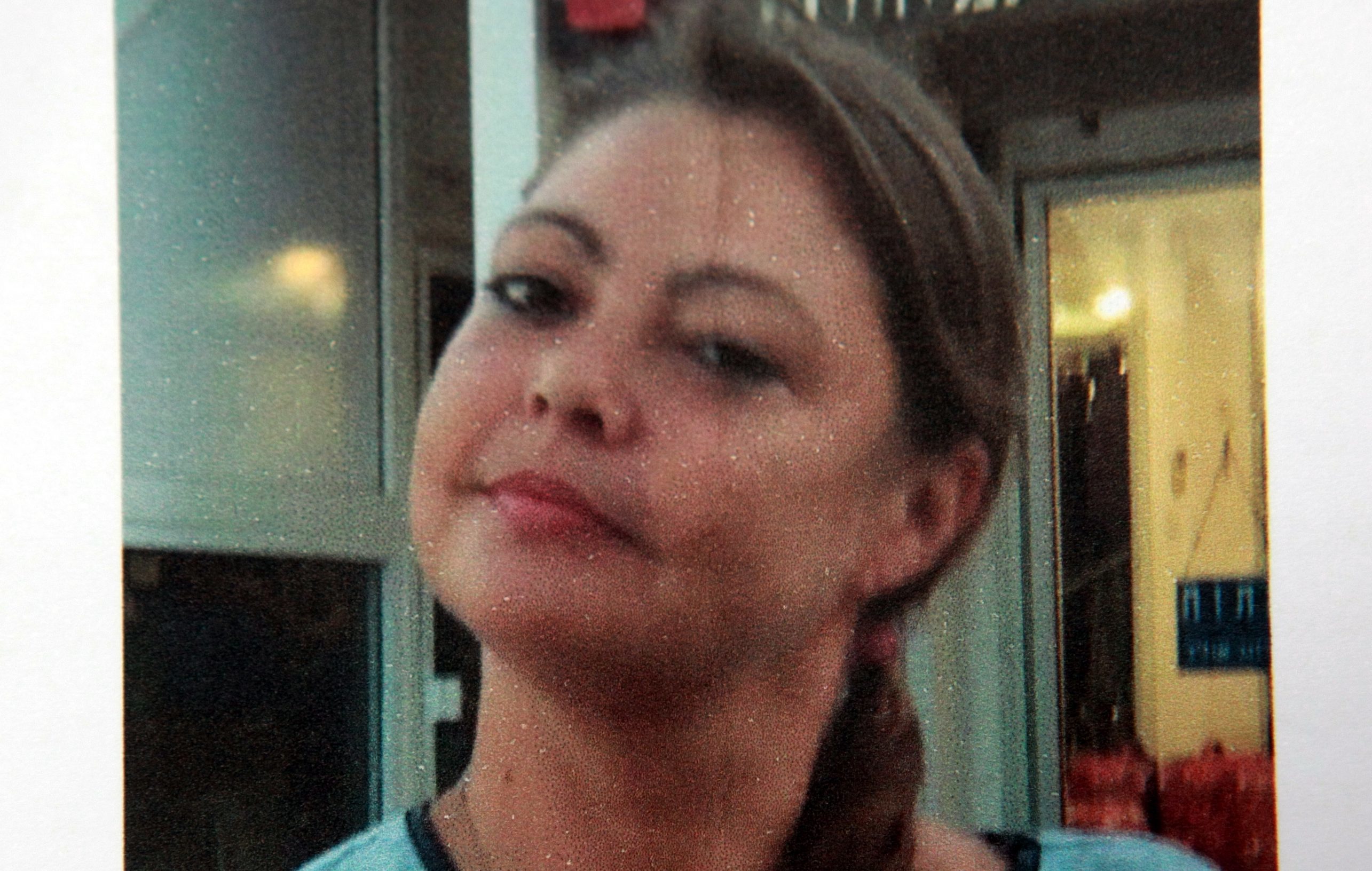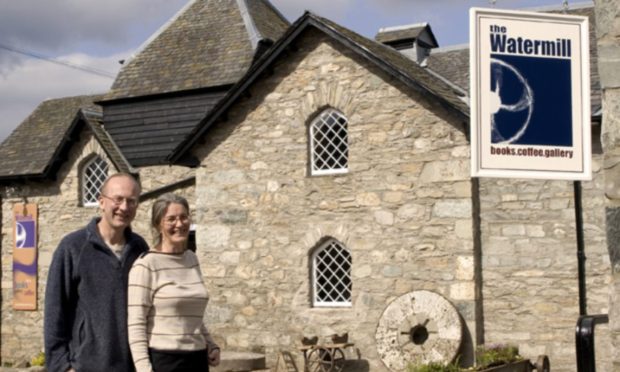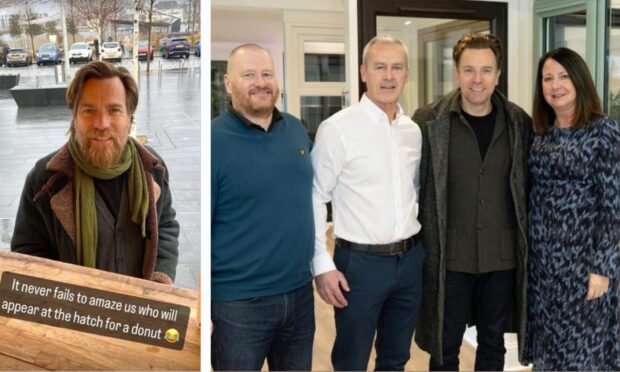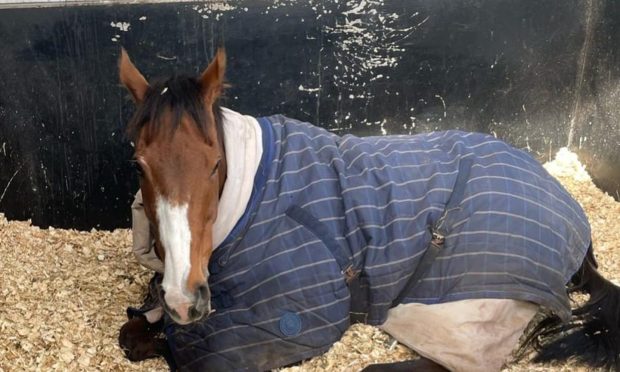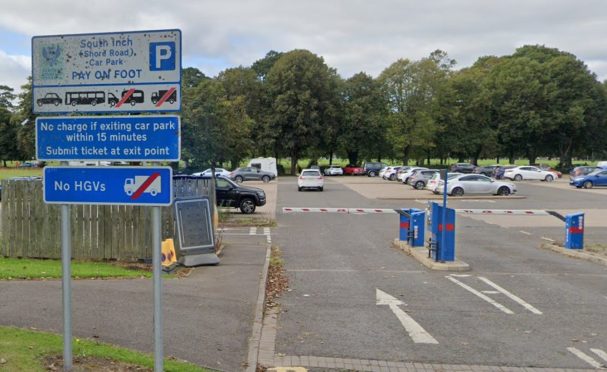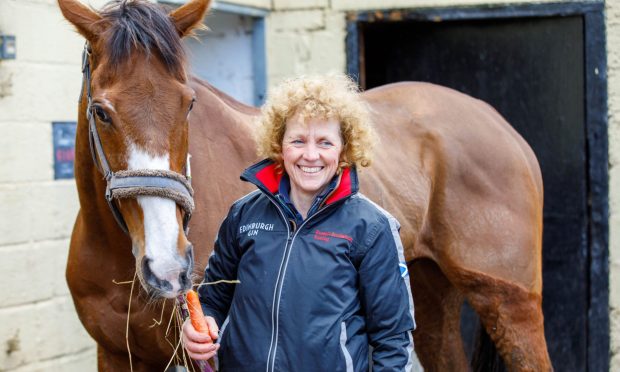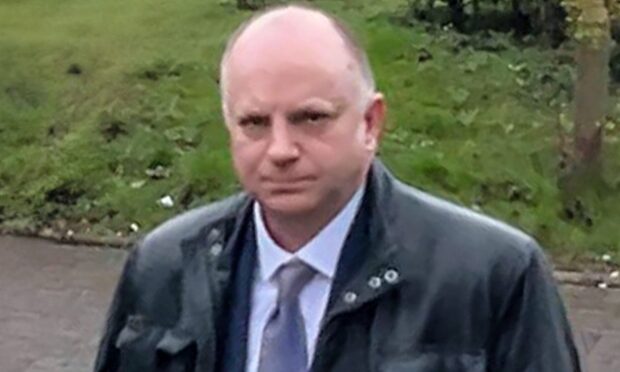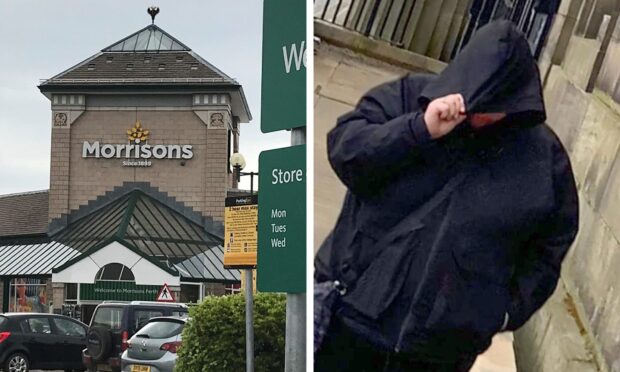A top pathologist has ruled a Kinross-shire woman who died suddenly in Israel was beaten to death and a catalogue of errors allowed her killer to go free.
The family of Julie Pearson has never accepted the outcome of an official investigation which ruled that the 38-year-old hotel worker died of natural causes, related to internal bleeding.
They believed Julie, whose body was covered in dozens of bruises, died hours after being beaten by her abusive ex-boyfriend Amjad Khatib.
Now crime expert Dr Stuart Hamilton has backed the families claims after studying a series of post mortem reports, describing the conclusion that she died of a natural spontaneous bleed as “not logical”.
He said: “I believe this was a missed homicide.
“If Julie’s case was presented to me today, I would be advising the police that I believe this to be a homicide and I would expect them to investigate it as such.”
Julie, 38, died in the Israeili port of Eilat in November 2015.
Local police acknowledged that she had been assaulted, but ruled it was not a factor in her death.
Mr Khatib had previously served time in prison for attacking her.
Mr Hamilton said of the post portem: “A spontaneous internal bleed is incredibly rare.
“You need to be absolutely sure that the injuries were not caused by an assault and in Julie’s case there are allegations of assault.”
He is backing her family’s campaign to make standard a second post mortem in Scotland for Scots killed abroad.
Julie’s aunt Deborah Pearson, 58, from West Lothian, is preparing to lodge a petition to the Scottish Parliament Public Petitions Committee.
She said: “For the past four years, we’ve suffered terribly because the system is flawed and does not help families like ours when faced with trauma and loss.
“If we had been able to access a second post mortem, we would have been spared four years of anguish which only added to our sense of loss and helplessness.
“But at the present time, a second post mortem is granted only at the discretion of officials instead of being offered as standard as they are in England.”
It was days after the hotel worker’s death that her family in Scotland were notified.
The police reports revealed that officers were called to help Julie the night before she died, when they believe the assault by Kahtib happened.
When officers arrived, they saw Julie’s extensive facial bruising and noted she was incoherent and “falling asleep after each sentence, even though she did not smell of alcohol”.
Despite the warning signs, Julie was not taken to hospital. Instead, the officer filing the report stated: “There is no criminal offence”.
Police did not arrest Khatib and Julie was dead within a few hours.
Two weeks later, Khatib was arrested. He denied having anything to do with his ex-partner’s death and was released.
